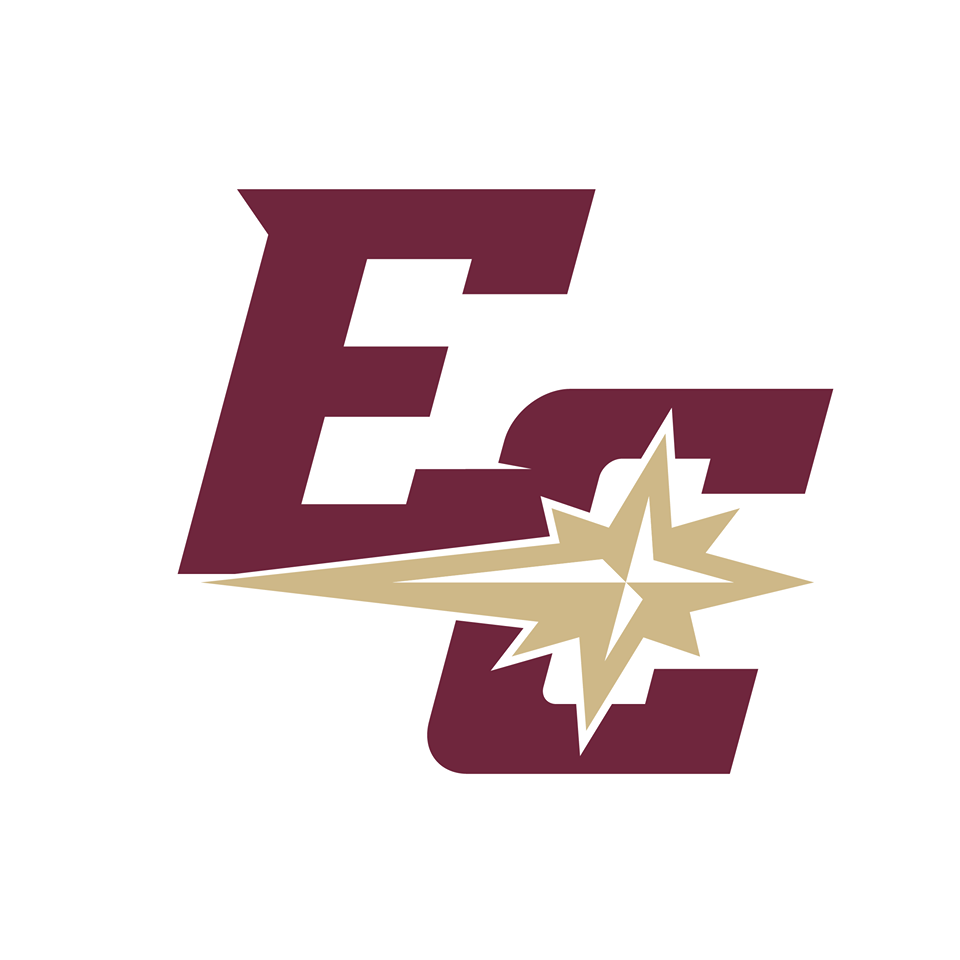


Wesley partnered with George Jessen, raising money and building a business called the Plastic Contact Lens Company, later Wesley-Jessen. “This treatment necessitated extended wear of lenses of the eye and was not possible with technology at the time.”įew shared his interest in the idea, but it would make him one of the foremost researchers and developers in contact lenses. “Newton had an idea to use contact lenses to treat his keratoconus just as one would use a truss to treat a hernia,” explain historical papers collected at Earlham. The Wesley brothers never returned to practice optometry in the Northwest, but Newton Wesley’s influence on the profession continued, driven by his own deteriorating vision. All graduates of North Pacific were granted alumni status by Pacific University.

In Oregon, partner Clarence Carkner continued to connect with Pacific, until the university took on the optometry program in Forest Grove. He also advocated for awarding of a doctorate in optometry, something that was uncommon at the time. His vision for the school was always to see it gain accreditation from the National Association of Accreditation of Colleges. Wesley attended Earlham for two years, then transferred to Loyola College in Chicago.Even at a distance, he remained involved in efforts to bring optometry to Pacific. “Time has been a great healer and I can look at it more objectively.” His parents remained in the Minidoka internment camp in Idaho.“There was a time when I could not discuss evacuation - it made me choke up inside of me,” Newton Wesley told an audience in Indiana in 1943, a year later. With help from advocates with the Japanese American Student Relocation Councils, which helped inmates in American internment camps relocate to colleges in the Midwest and East Coast, Newton and his brother Edward were accepted into Earlham College in Richmond, Ind. Wesley, the first licensed Japanese-American optometrist in Oregon, was forced into the Portland Assembly Center in north Portland, on the site of the present-day Expo Center. Newton Wesley ’39, Hon.,’86 observes as his wife, Cecilia Uyesugi, gives a young girl corrective optical exercises. government began interning people of Japanese descent in isolated camps, particularly along the West Coast. Just after the bombing of Pearl Harbor, the U.S. The three young men operated the school until the summer of 1942, when they were forced to close. ’86 taught classes there in the mornings and ran his own practice in the afternoons. Then only 22, Wesley joined two classmates, Roy Clunes ’39 and Clarence Carkner ’41, in purchasing the school in 1940. Just a year later, he was offered an unexpected opportunity: His former teacher, Harry Lee Fording, offered to sell North Pacific College to Wesley for $5,000. Following his graduation, he opened his practice in Portland in 1939, changing his last name to Wesley, he said, so his patients could find his name in the phone book. His family moved to Portland in 1925, and 11 years later, Uyesugi enrolled at the North Pacific College of Optometry. But he suffered from declining eyesight due to a progressive eye disease known as keratoconus, which results in distorted vision. As a youth, he was a top youth athlete, particularly in basketball. Wesley was born in Westport, Ore., in 1917, as Newton Uyesugi. He had a transformational role in its establishment and was a leader in the contact lens field, all at a time when he also was persecuted as a Japanese-American amid and following World War II. Yet he was one of the most remarkable figures in the history of the university’s College of Optometry. '86 never was a student at Pacific University, nor was he a faculty member. Newton Wesley ’39, Hon.’86 with demonstration contact lenses, about 1970


 0 kommentar(er)
0 kommentar(er)
